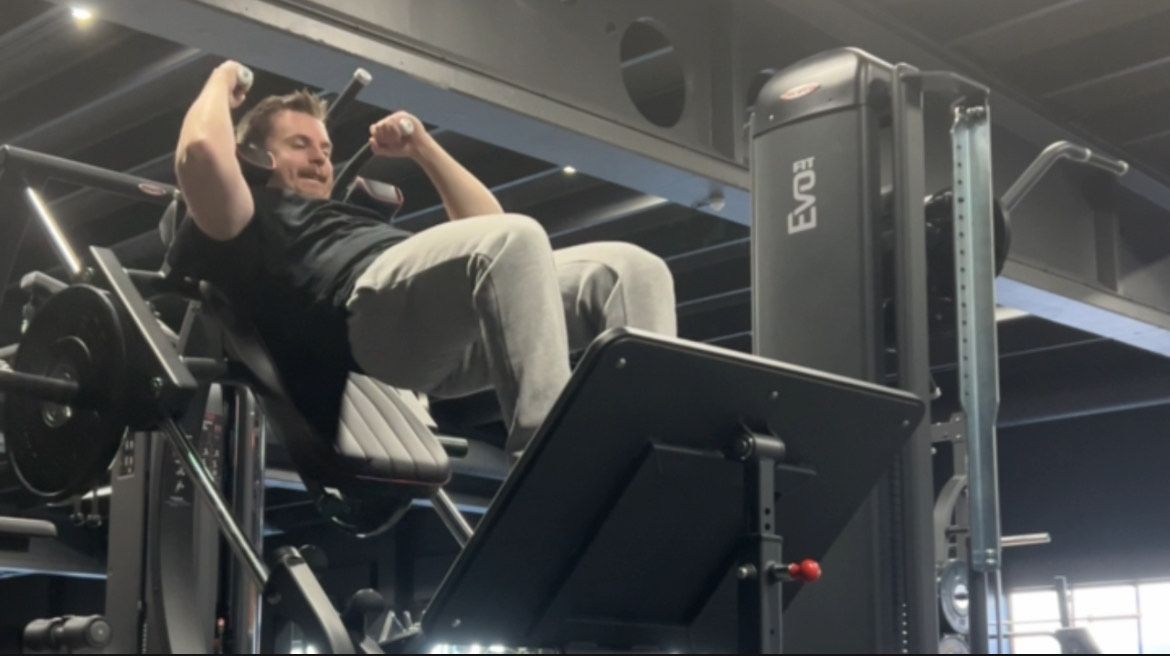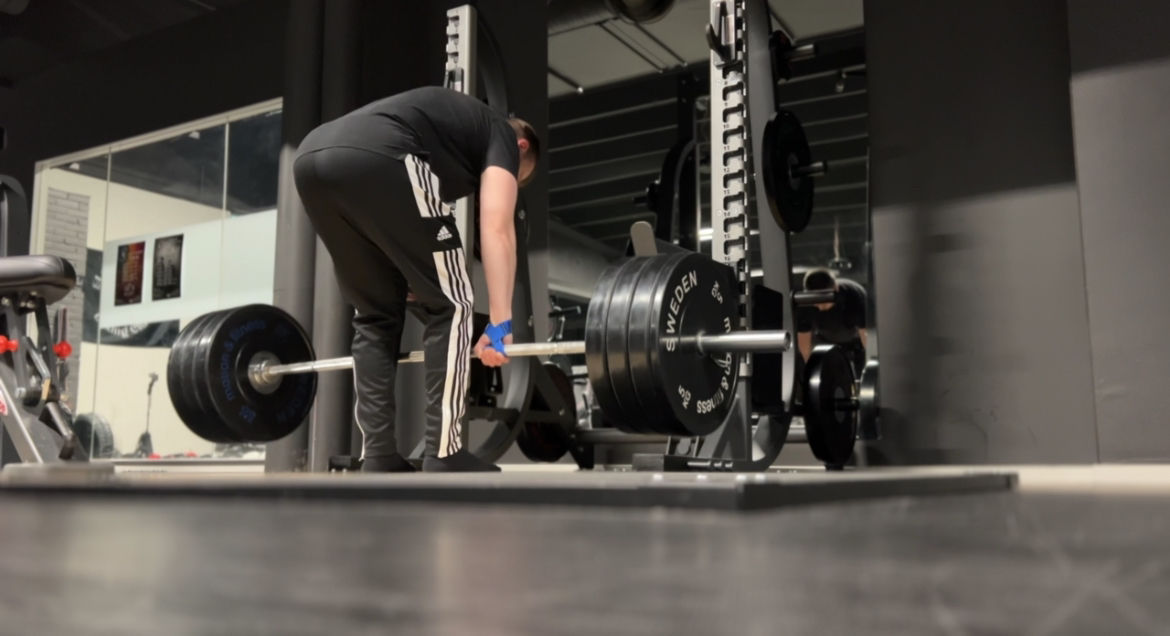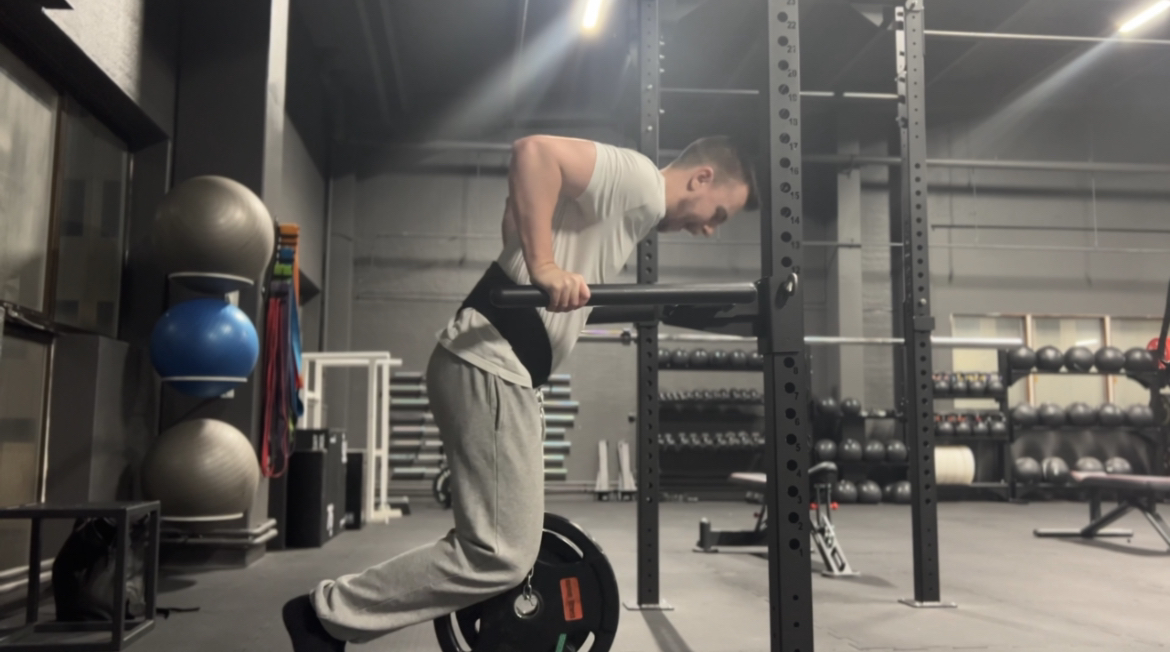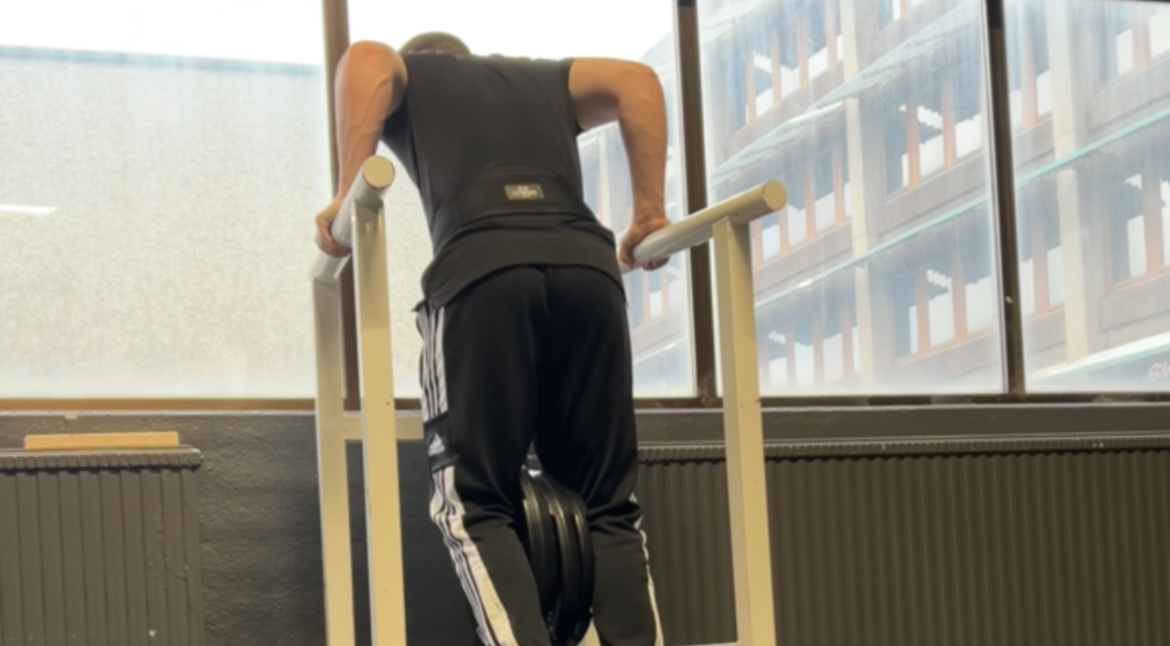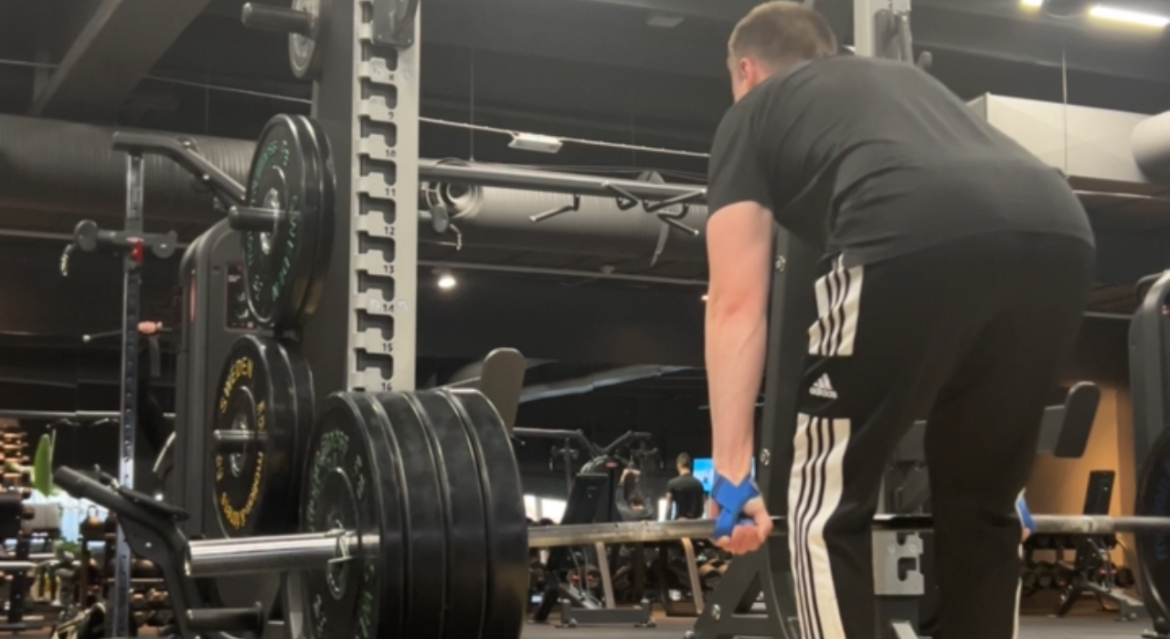The pin bench press
This exercises will make you bench two plates in no time
The bench press is a cornerstone of strength training and bodybuilding, but many lifters hit plateaus where progress stalls. Incorporating the pin bench press into your training regimen can be an effective strategy to break through these plateaus and increase your overall bench press strength. This exercise isolates specific portions of the bench press movement, addressing weaknesses and building power. Here’s how the pin bench press can help elevate your bench press performance.
What is the Pin Bench Press?
The pin bench press, also known as the rack bench press or partial bench press, involves performing the bench press with the barbell resting on safety pins or adjustable spotter arms within a power rack. The pins are set at a specific height, usually at or just below the sticking point of your bench press. This setup allows you to focus on different segments of the bench press movement.
Benefits of the Pin Bench Press
- Targeted Weaknesses: The pin bench press allows you to focus on particular sticking points in your bench press. By starting the lift from a dead stop at your sticking point, you can build strength precisely where you need it most.
- Increased Lockout Strength: For many lifters, the lockout phase of the bench press is a common area of weakness. Performing the pin bench press with the pins set higher can enhance triceps activation and improve lockout power.
- Enhanced Starting Strength: Beginning the lift from a dead stop eliminates the stretch reflex, requiring you to generate maximal force to initiate the lift. This can significantly boost your starting strength and overall power output.
- Improved Confidence and Safety: The pin bench press allows you to handle heavier weights safely. Knowing that the pins will catch the bar if you fail can help build confidence in handling heavier loads, which can translate to improved performance in your full-range bench press.
- Muscle Hypertrophy: By isolating specific portions of the bench press, the pin bench press can contribute to muscle hypertrophy, particularly in the chest, shoulders, and triceps.
How to Perform the Pin Bench Press
- Setup:
- Position a flat bench inside a power rack.
- Set the safety pins or spotter arms at the desired height. For targeting the lockout, set them just below full extension; for improving the bottom portion, set them just above your chest.
- Load the barbell with an appropriate weight.
- Positioning:
- Lie on the bench with your feet firmly planted on the ground.
- Position yourself under the barbell so that it aligns with your chest or just below your sticking point.
- Execution:
- Grip the barbell with your usual bench press grip.
- Press the barbell upward from the pins, focusing on maintaining control and generating maximum force.
- Lower the barbell back to the pins with control, ensuring it comes to a complete stop before initiating the next repetition.
- Repeat for the desired number of repetitions.
Programming the Pin Bench Press
- Identify Weak Points: Determine the sticking points in your bench press. If you struggle with the initial lift-off, set the pins low. If your lockout is weak, set the pins higher.
- Incorporate in Your Routine: Include the pin bench press as an accessory exercise after your main bench press sets. Perform 3-4 sets of 4-6 repetitions for strength or 8-10 repetitions for hypertrophy.
- Progressive Overload: Gradually increase the weight or adjust the pin height to continue challenging your muscles and improving your strength.
- Frequency: Integrate the pin bench press into your training routine 1-2 times per week, ensuring adequate recovery between sessions.
Tips for Maximizing Results
- Warm-Up Thoroughly: Properly warm up your chest, shoulders, and triceps to prevent injury and ensure optimal performance.
- Focus on Form: Maintain proper bench press form throughout the movement. Keep your back arched, shoulders retracted, and feet firmly planted.
- Controlled Movements: Emphasize controlled movements, especially when lowering the bar to the pins. Avoid bouncing the bar off the pins to prevent injury and ensure muscle engagement.
- Monitor Progress: Track your performance and adjust the pin height, weight, and volume based on your progress and specific goals.
Conclusion
The pin bench press is a powerful tool for overcoming plateaus and enhancing overall bench press strength. By isolating and targeting specific sticking points, this exercise helps build power, confidence, and muscle hypertrophy. Incorporate the pin bench press into your training regimen, and you'll likely see significant improvements in your bench press performance. As always, focus on proper form, progressive overload, and consistent training to maximize your results.



